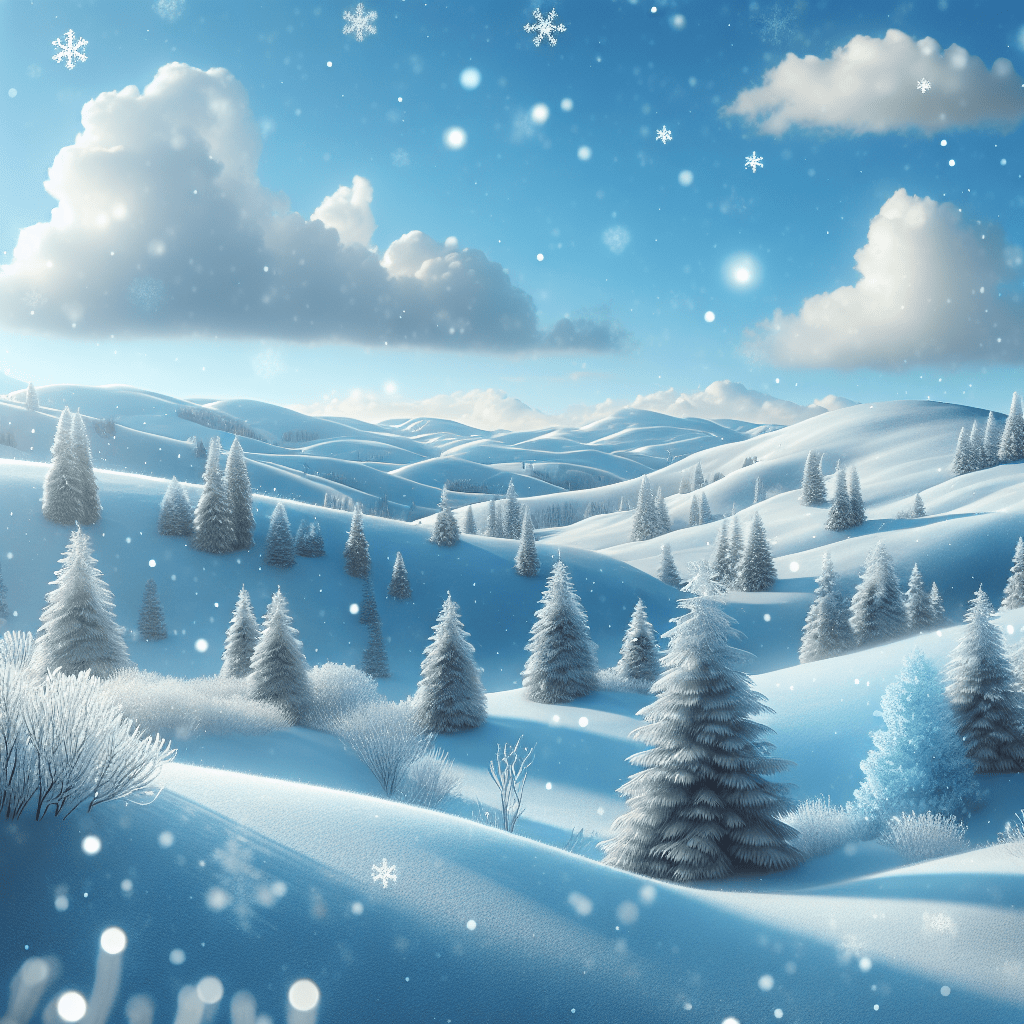Understanding Snowfall: The Science, Impact, and Beauty of Winter’s White Blanket
Introduction: Exploring the Phenomenon of Snowfall
Snowfall is a meteorological event characterized by the descent of snowflakes from clouds. As a key component of the winter season in many regions of the world, snowfall has significant impacts on the environment, lifestyle, infrastructure, and economy. It’s both a source of delight and disruption; a natural spectacle that transforms landscapes into winter wonderlands while posing challenges for transit systems and municipal management. This article delves into the science behind snowfall, its diverse effects on society and ecosystems, and the cultural significance it holds across various communities.
The Science Behind Snow: How Snowflakes Form
Snow is a form of precipitation that occurs when temperatures within a cloud are well below freezing. The crystalline structures we recognize as snowflakes begin their formation around tiny microscopic particles such as dust or pollen. These are known as ice nuclei. When water vapor supercools—at a temperature below water’s freezing point—without solidifying, it will eventually freeze onto an ice nucleus tostart the crystallization process.
As more water vapor freezes, the crystals grow larger until they are heavy enough to fall through the atmosphere to the ground. Snowflakes can take various shapes based on voluminous factors like temperature and humidity as they descend towards Earth’s surface. This diversity in shape contributes to the countless different types of snow.
Regional Differences in Snowfall Patterns
The amount and type of snowfall vary drastically around the world due to geographic and meteorological factors. Regions close to the poles and those at higher altitudes generally experience more snowfall due to naturally lower temperatures. However, other elements such as ocean currents, proximity to bodies of water, and prevailing wind patterns can significantly influence regional snow scenarios.
Mountainous regions often receive more snow because of orographic lift, where ascending slopes of mountains cool air masses forcibly, leading to condensation and precipitation. Conversely, places situated in “snow shadows,” areas protected from prevailing winds that usually carry moisture, may receive much less snow.
Impact of Snowfall on Infrastructure and Economy
Heavy snowfall has a profound impact on transportation modes, including roadways, railways, and airports. Accumulation of snow can impede traffic flow leading to delays and cancellations in transit services. Communal infrastructure such as power lines can be affected too, which poses challenges for utilities sectors in maintaining consistent service during heavy snowstorms.
Economically, regions that habitually experience heavy snow can prepare budgets for issues like snow removal, additional infrastructure maintenance, and public safety measures. Numerous businesses benefit from winter weather, including ski resorts and winter garment industries; conversely, unexpected or excessive snowfall can be detrimental to sectors like agriculture or retail.
The Ecological Significance of Snow
From an ecological standpoint, snow is crucial. It acts as insulating blanket over terrestrial ecosystems during cold months, protecting flora and fauna from freezing temperatures. It plays an essential role in modulating regional climates by reflecting sunlight (high albedo effect) and aiding in global heat balance.
Additionally, the slow melting process of accumulated snow provides a gradual supply of freshwater into rivers and water reservoirs come spring. This has vast implications for water cycles and resources necessary for human consumption, agriculture, and habitat sustenance for wildlife.
Cultural Depictions and Activities Associated with Snow
Enchanting landscapes coated with glistening snow have captivated numerous painters’, poets’, and authors’ imaginations over centuries, leading to cultural expressions that highlight both the charm and potential chaos evoked by snowfall. Wintertime activities such as skiing, skating, snowboarding, sledding, and building snowmen are indelibly part of cultures where snow is a season-defining phenomenon.
Furthermore, various festivals celebrate the embrace of winter’s touch; Japan’s Sapporo Snow Festival and Canada’s Quebec Winter Carnival are prime examples displaying ice sculptures or winter sports competitions.
